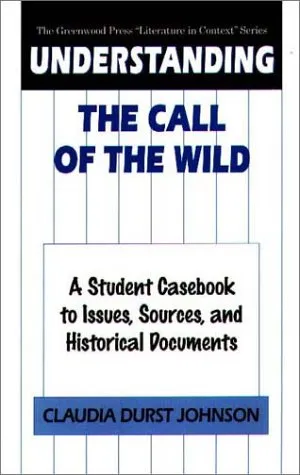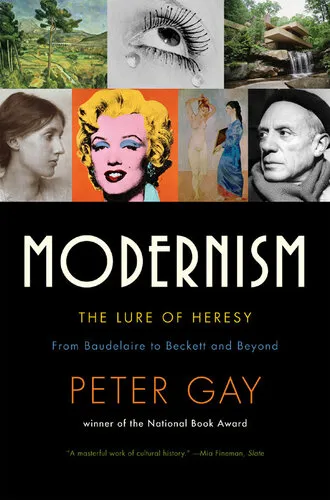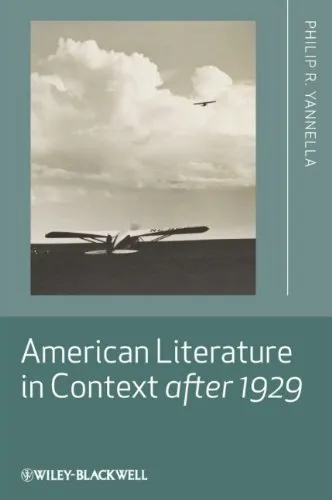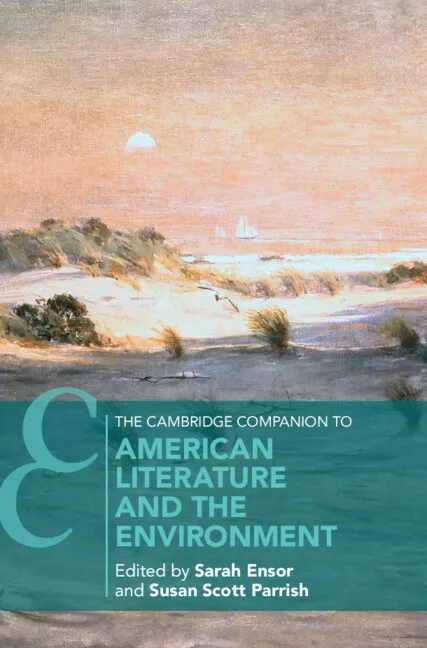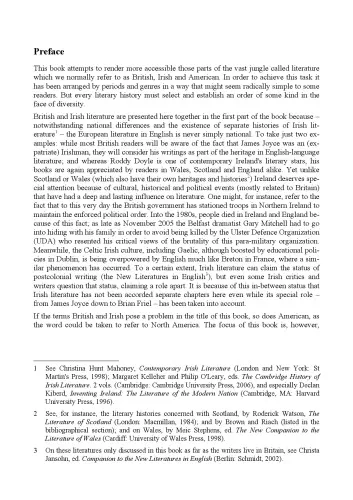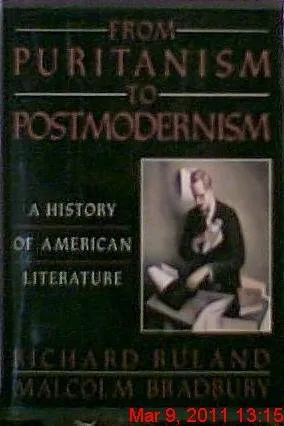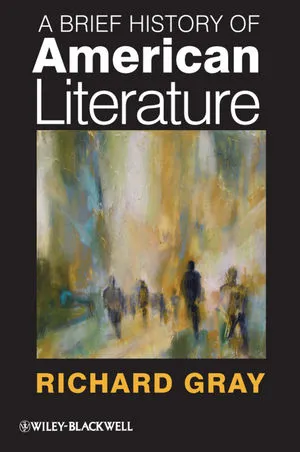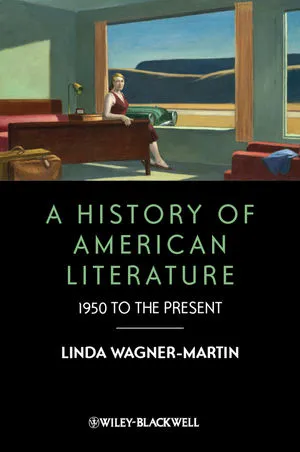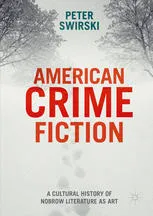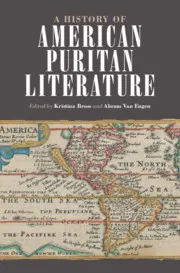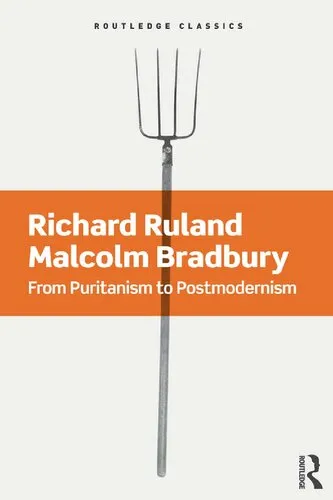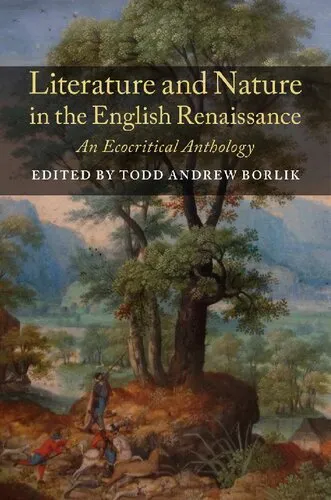Understanding The Call of the Wild: A Student Casebook to Issues, Sources, and Historical Documents (The Greenwood Press ''Literature in Context'' Series)
4.0
Reviews from our users

You Can Ask your questions from this book's AI after Login
Each download or ask from book AI costs 2 points. To earn more free points, please visit the Points Guide Page and complete some valuable actions.Related Refrences:
Jack London's "The Call of the Wild" is a celebrated piece of American literature that explores themes of survival, transformation, and the intrinsic connection between humans and nature. Claudia Durst Johnson's "Understanding The Call of the Wild: A Student Casebook to Issues, Sources, and Historical Documents" offers an in-depth and comprehensive exploration of this classic novel, providing students, educators, and literary enthusiasts with valuable context and insights. This casebook serves as a critical resource for appreciating the historical, cultural, and social dimensions of London's work.
Detailed Summary of the Book
Claudia Durst Johnson's casebook wraps around Jack London's narrative, diving into the historical context and offering readers a multi-faceted look at the poignant tale of Buck, a domestic dog forced into the harsh life of an Alaskan sled puller during the Klondike Gold Rush. The casebook compiles essays, historical documents, and scholarly insights, shedding light on the complex interplay of the natural world and the human spirit as depicted in "The Call of the Wild."
Johnson's work meticulously presents the socio-economic backdrop of the time, highlighting the emergence of the late 19th-century gold rush and its implications on migration and animal exploitation. Each chapter invites readers to step into the era, gain a deeper understanding of character dynamics, and appreciate the novel’s thematic profundity through carefully curated documents and analyses. This book is an essential tool for students aiming to decode the multifaceted layers of London's narrative with precise academic support.
Key Takeaways
- Insight into the historical and economic conditions of the late 19th century that influenced "The Call of the Wild".
- Exploration of classic themes such as survival, nature vs. nurture, and the fight for dominance.
- An examination of Jack London's writing style and literary techniques, illustrating his contribution to literary naturalism.
- Understanding of the human-animal relationship dynamic, central to Buck's transformation.
Famous Quotes from the Book
Key excerpts from Johnson’s supporting analyses, elevating the thematic and narrative interpretations of Jack London's work:
"The primal call echoed across the ages, speaking not just to the wildness in Buck but to a noble savagery inherent in all of nature’s creatures."
"London's wilderness is not only a setting but a character that shapes, challenges, and finally defines the essence of being."
Why This Book Matters
"The Call of the Wild" remains a pertinent story that resonates with its readers by calling attention to the instinctual bonds shared by all living beings. Johnson's casebook provides the tools to unlock deeper meanings and appreciate this literary work’s timeless message. It serves academic pursuits by contextualizing the socio-political issues of the time and offering critical thought points for discussion in educational settings. Furthermore, this casebook guides readers through the intersections of literature and history, encouraging a broader understanding of the experiential and ontological themes present in London's work.
In a world where the natural environment is constantly challenged by human activity, this examination reminds us of the indomitable connection and mutual respect required to coexist with nature. For students and educators alike, Johnson's carefully structured resource facilitates rigorous academic exploration while still preserving the profound beauty of London's narrative.
Free Direct Download
Get Free Access to Download this and other Thousands of Books (Join Now)
For read this book you need PDF Reader Software like Foxit Reader
